Cooperative Learning in LIFE Skills
About a year ago, I did a post about the 5 ways to give our students more social interactions in the classroom. Here I am, an entire year later, and I am still walking into classrooms and it feels like the only ones talking are me and the teacher- so let’s talk about Cooperative Learning in LIFE Skills!
Does that ever happen to you? You’re in a LIFE Skills classroom or Autism Unit and your students rarely, if ever, socialize with you, their peers, or anyone. Ever. Well, maybe not ever, but it feels like that a little bit.
So what do you do? The number one complaint about our students in their attempts to find post-secondary employment is that they’re too socially awkward or socially weird. They just don’t fit in. Are you taking advantage of all the time you can to work in social skills?
I feel like this is a very serious and important part of our instruction. Our students need it. Sniffing the hair of a pretty girl at school is one thing, but doing it out in the world is quite another. And it’s one thing now when they are still kids, but it’s another thing entirely when they’re 40… lot less cute then.
Well, sniffing hair is a post for another day (look at my post here on the function of behavior and behavior modification). What we are going to talk about is one of the five social models discussed in that post from many moons ago– Cooperative Learning.
Why Cooperative Learning in Special Ed
Picture this. A teacher, maybe you, is working on more communication in the classroom… so every Monday morning each student comes to the front of the class and talks about what they did that weekend for about 2-3 minutes. Students can ask questions, but most don’t so the teacher does instead. Great use of a half an hour, right!
Wrong.
If there are 8 kids in the classroom, they are waiting about 20 minutes (3 minutes x 7 other kids) to get a turn to practice talking for 2 or 3 minutes, you are totally wasting their time and yours.
Now let’s flip things around. What if for 2-3 minutes EVERY student in your class was talking to a partner and then they switched and listened for 2-3 minutes… so they are engaged in active talking for 2-3 minutes in a 6 minute block versus 20 minute block. And, on top of that, the time where the are waiting is more focused. They have to be an active participant and follow social rules there too (like using eye contact, smiling and nodding, as well as listening so they can respond). This is a much better use of time, hands down. More engagement for students. More effective use of time for teachers. Better format for skills development.
What is Cooperative Learning?
Cooperative Learning is a way of teaching in the classroom that constantly requires students to interact, share, and collaborate. No more of this 20-30 minutes of wait time to get a student highly engaged… now they are engaged for more time and working on more significant skills. How?
- They are working in small groups
- All the students are working together for a common goal
- The students have to learn to work with different types of people
- The students have to communicate to be successful
- There is individual accountability
- There is also a group dynamic needed to succeed
This is way more meaningful for students and works on a more important set of skills.
So Why Should I Use Cooperative Learning in LIFE Skills?
I hope you can already see why cooperative learning will work better for you and, more importantly, be more meaningful for your students. On top of all these common sense reasons, studies have shown that using this format improves interpersonal relationships of students and has also shown significantly more achievement than those who don’t… And that is across all populations: general ed, special ed, and PMLD/LID.
Okay… How Do I Start Using Cooperative Learning in LIFE Skills?
I’m glad you’ve committed and can see the value in cooperative learning. Here are a few guidelines to getting started.
- Get the tables labeled with this FREEBIE: Kagan Table Mats from Noodle Nook- for Cooperative Learning in the Classroom– Great free printable table labels for your class.
- If you are in desks, use this FREEBIE: Kagan Desk Labels from Noodle Nook- for Cooperative Learning in the Classroom. Now you’re or your way.
- Look over the Essential 5 Kagan Structures (The Essential 5) to use in the classroom
- Plan lessons with Cooperative Learning in mind by incorporating the Essential 5 (snag this cheat sheet: The Essential 5).
See- you can do this!
Now Think About More…
Think about all the bonus things you can work into using cooperative learning. When it comes to your students, what is it you want them to be able to learn?
- Can I align that with IEP goals?
- Can I align that with social skills training (depending on the activity)?
- What skills can I focus on that will help my students 5, 10, or even 20 years from now?
- How can I teach the procedures for using the Essential 5 that will generalize across non-academic social situations?
- What supports will I need (like VODs, Comm Boards, or paraeducator support)?
Like what you’ve read and want to keep getting new tips, tricks and FREEBIES in your inbox?
Be sure to subscribe today! Then tweet, pin, and share… go on. Do it now!
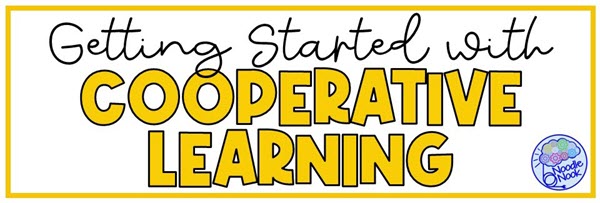
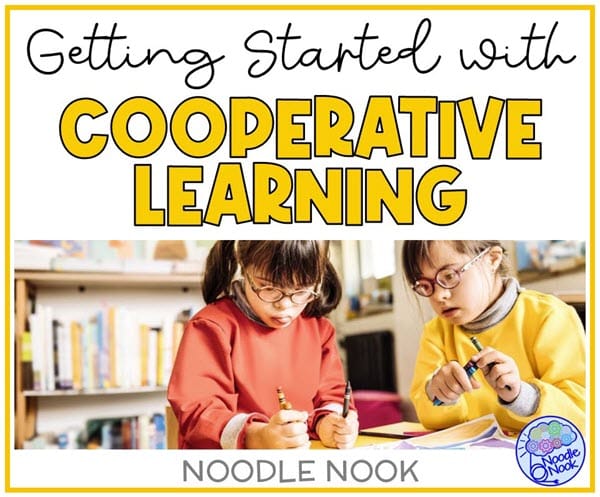
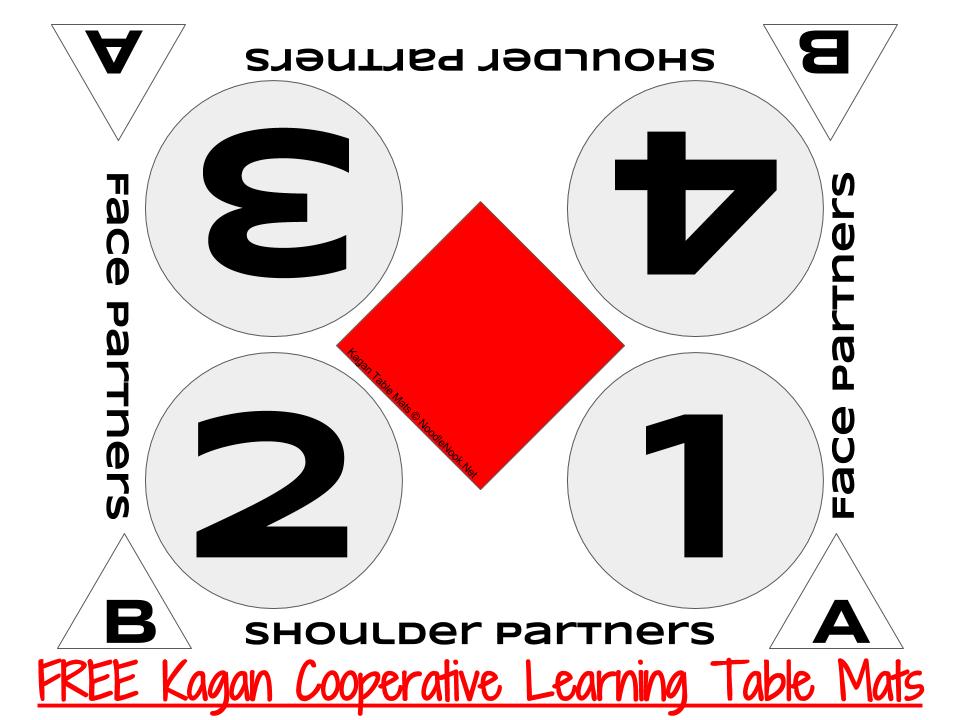
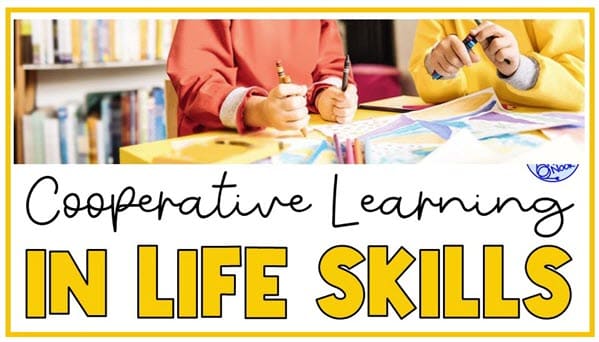
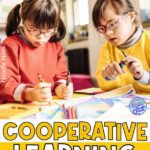
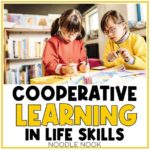
I am big into reading blogs and learning new things for my classroom. I truly value your content. Your posts really speak to my interest and get me thinking. I am going to bookmark your
site and keep checking for new tips. Thank You and Keep It Up!
Comments are closed.